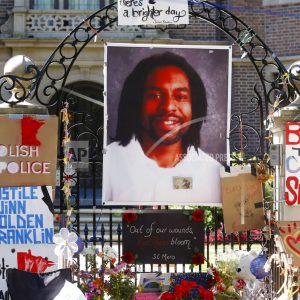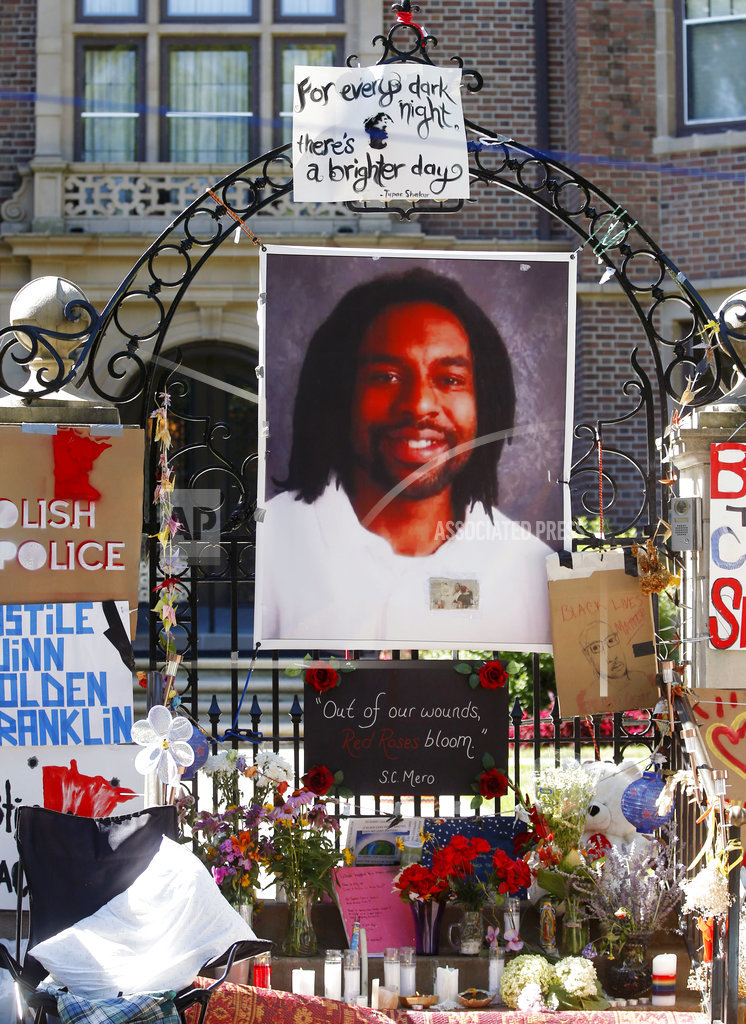
ST. PAUL, Minn. (AP) — A jury weighing the fate of a Minnesota police officer charged with manslaughter in the shooting death of a black motorist asked Tuesday to re-watch two key videos.
In its second day of deliberations, jurors returned to court to again see dashcam video captured by Officer Jeronimo Yanez’s squad car of the stop that led to 32-year-old Philando Castile’s death. Yanez shot Castile five times last July during a traffic stop in a St. Paul suburb, just seconds after Castile informed him he was carrying a gun.
The jury also watched a replay of the video that Castile’s girlfriend, Diamond Reynolds, livestreamed on Facebook beginning seconds after Castile had been shot.
No explanation was given for the request. The jury also requested transcripts of squad car audio and of Yanez’s statement to state investigators the day after the shooting, but the judge denied the request because defense attorneys did not agree.
Both videos were played several times at trial. Prosecutors highlighted the dashcam video’s recording of statements Yanez gave a supervisor soon after the shooting, saying variously he didn’t know where Castile’s gun was and that he told him to take his hand off it. Yanez testified that he meant only that he didn’t see the gun at first.
Reynolds’ video of the gruesome aftermath of the shooting was shared widely, and included her statements that Castile hadn’t been reaching for his gun. Defense attorneys highlighted inconsistencies in Reynolds’ statements to investigators to try to raise doubts about her honesty.
In closing arguments Monday, defense attorney Earl Gray said Yanez, a 29-year-old Latino officer, “did what he had to do” in a justified use of force.
Gray reminded the jury of the officer’s testimony that Castile looked like a man who robbed a convenience store four days earlier. He said Castile disregarded the officer’s orders and reached for his gun because he was stoned on marijuana.
Prosecutors insisted Yanez never saw a gun and had plenty of options short of shooting Castile, a school cafeteria worker they say was never a threat. Castile had a permit for the weapon.
Prosecutor Jeff Paulsen highlighted autopsy evidence in his closing argument, reminding the jury of a bullet wound to what would have been Castile’s trigger finger — and that there was no corresponding bullet damage nor wounds in the area of Castile’s right shorts pocket, where he carried his gun. He also cited testimony from first responders who saw Castile’s gun in his pocket as he was loaded onto a backboard.
He asked the jury to consider what might have happened if Yanez, when told of the gun, had simply stepped back a few feet to better assess the situation. The officer might have heard Castile say he was just trying to get his wallet, Paulsen said.
“If he had done that, everybody would have gone home safely that night,” the prosecutor said. He also alluded to testimony from defense witnesses who portrayed Yanez as a good and honest man.
“The victim in this case was a good man, too,” Paulsen said, and referred to Castile’s job at an elementary school. “The kids loved him, and he was a role model to them. And now they’ve been deprived of that role model.”
Castile had THC, the high-giving component of marijuana, in his blood when he died. The two sides called competing experts earlier who disagreed over whether Castile was intoxicated.
Yanez is charged with second-degree manslaughter, punishable by up to 10 years in prison, and with two lesser counts of endangering Reynolds and her then-4-year-old daughter for firing his gun into the car near them.
Conviction on the manslaughter charge requires the jury to find Yanez guilty of “culpable negligence,” which the judge described in jury instructions as gross negligence with an element of recklessness.
The 12-member jury includes two blacks. The rest are white. None is Latino.



